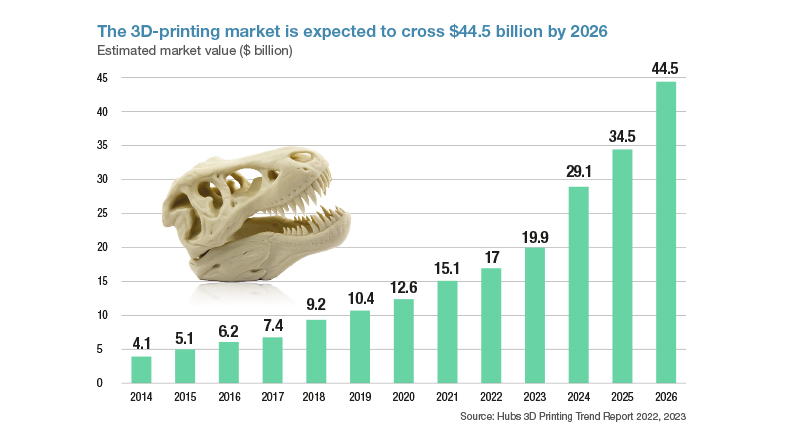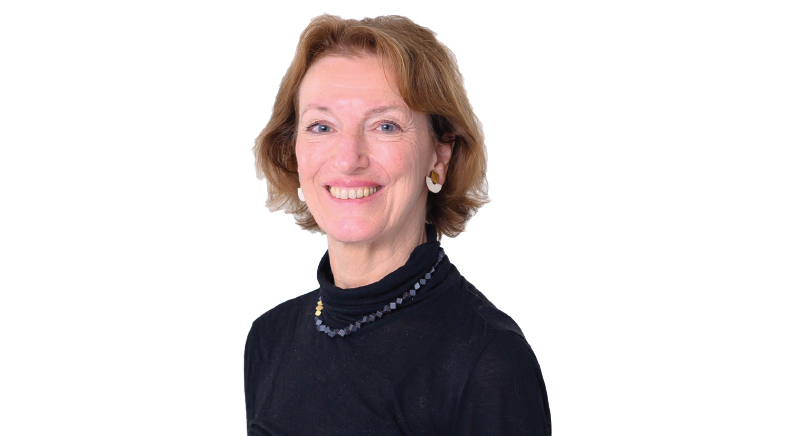Countering overdiagnosis
-
- from Shaastra :: vol 02 issue 06 :: Nov - Dec 2023

Researchers develop a model to identify women at risk of developing and dying from breast cancer.
Many countries recommend routine breast cancer screenings for at-risk women to facilitate early detection and targeted treatment. But overdiagnosis can lead to expensive and unnecessary treatments for some. A 2013 study (bit.ly/diagnosis-risks) had found that overdiagnosis surpassed saved lives. To address this, researchers at the University of Oxford looked at the combined risk of women developing and dying from breast cancer in the next 10 years as opposed to screening just the risk of getting breast cancer. This way, only women at risk of developing fatal cancers will be identified early and get the appropriate treatment. The study was published in The Lancet Digital Health (bit.ly/women-at-risk).
Researchers analysed data routinely collected by doctors, including age, ethnicity, BMI, smoking habits, alcohol consumption, family cancer history, and hormone replacement therapy (HRT) use, from more than 11 million women during 2000-20. Scientists used data from QResearch, a consolidated database of anonymised primary healthcare records from across the U.K. Given that U.K. has a significant immigrant population, the researchers made a compelling case to include ethnicity as a variable in their model to ensure equity.
Researchers looked at the combined risk of women developing and dying from breast cancer in the next 10 years.
The next step was to choose the best model that could be widely deployed in clinical settings. The researchers used internal-external cross-validation (IECV) of two statistical regression models (Cox proportional hazard and competing risk) and two machine learning models (XGBoost and Feed-Forward Neural Network), and compared their accuracy.
In IECV, the model is trained on a part of the data and tested on a different part of the data that the model has never seen before. In this case, data were divided by region and time period. They found that the competing risk model, a statistical regression model that analysed the competing outcomes of death due to breast cancer and death due to other causes, performed the best. The machine learning models proved less accurate for women of different ethnicities.
Among women initially without breast cancer, the competing risk regression model excelled in predicting who would succumb to breast cancer within the next 10 years. "If and when this model gets deployed, it would run in the back end of primary care, where the majority of healthcare contributions happen," says Dr Ash Kieran Clift, first author of the study and Clinical Research Fellow at Cancer Research UK Oxford Centre and Nuffield Department of Primary Care Health Sciences, University of Oxford. For this model to be widely used, Clift explains the need for external validation of the model on a new dataset from different settings and countries, and a cost-effectiveness analysis.
Have a
story idea?
Tell us.
Do you have a recent research paper or an idea for a science/technology-themed article that you'd like to tell us about?
GET IN TOUCH














